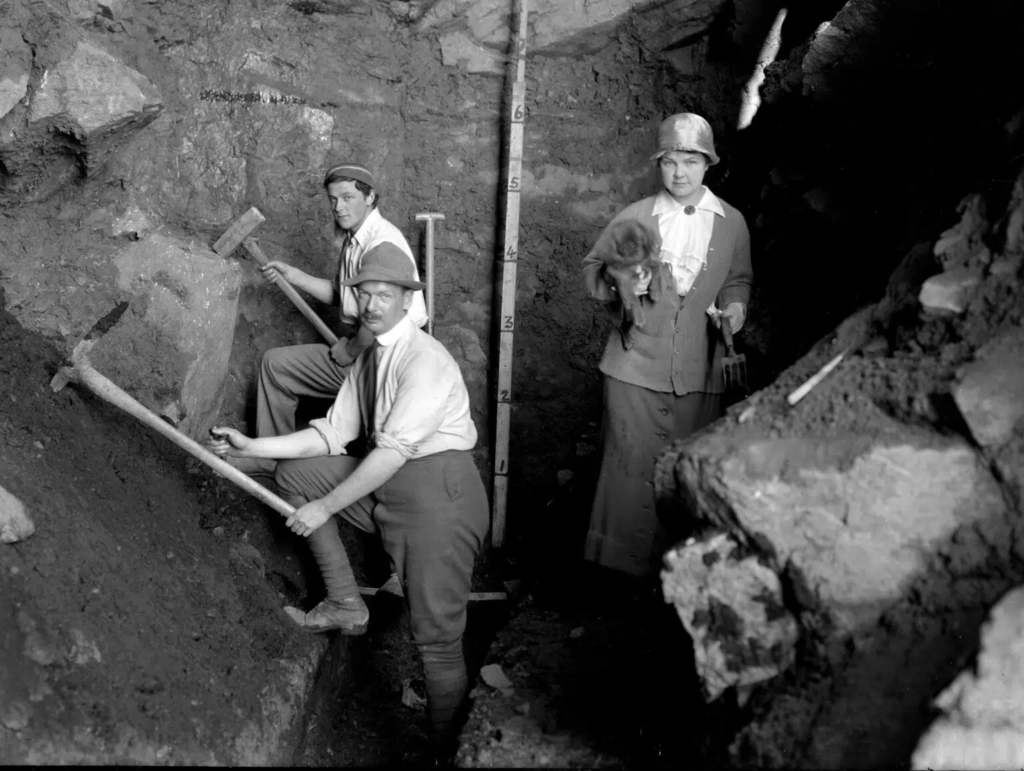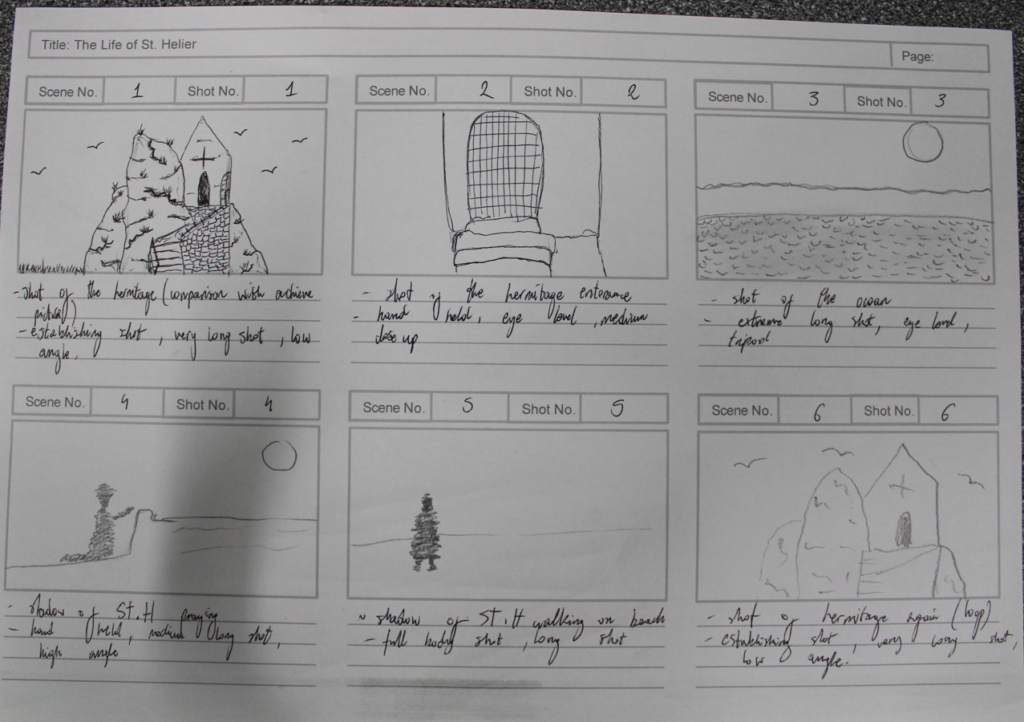The Société Jersiaise Photographic Archive was founded in January 1873 by a small number of Islanders who were interested in the history of Jersey. Included in this was a museum and a library. Their first Bulletin Annuel was issued in 1875 and continues to be the main record of our activities.

A photographic archive is a collection of photographs, often with accompanying materials in other formats, in the course of daily life, individuals and organizations create and keep information about their personal and business activities. These records, and the places they are kept, are called “archives.”Archives have been used throughout human history and they have been very helpful among historians who are studying a specific era in human history.These days, while archives still remain in use, digital archives are now very well used and are much easier and quicker to access, digital ones contain images, documents and many more things that you wouldn’t be allowed to even touch in a physical archive. Although technology is more popular nowadays, physical archives are still the most useful as they have been used for many centuries, as one of Man’s most reliable resources for information.
The Société Jersiaise focuses on Jersey history and has everything about it ranging from what the Island looked like hundreds of years ago to peoples’ registration cards during the Occupation. They achieve this through their active Sections, research collections, community outreach and collaboration with local and international heritage partners, The Société’s Sections specialise in various fields of study, from archaeology to zoology.
Ernest Baudoux, one of the photographers on the Societe Archive produced a panorama of St Helier, soon after his arrival to Jersey. The process he used to create the image is particularly interesting, the process he used required considerable skill. Producing “wet collodion” images on location required a mobile (often horse drawn) darkroom in which plates could be coated and sensitised, exposed while still wet, and developed immediately. The panorama shows the architecture of St Helier in tremendous detail. Numerous of Baudoux studio portraits were produced with a sliding plate mechanism designed to give two exposures on one glass negative.Later following by choosing the best images he often removed the ‘reject’ by marking it with a cross. Having selected his preferred image, Baudoux retouched the negative to enhance the complexion of the subject and conceal facial blemishes. This effect shows that the practice of photographic manipulation originated long before the digital age.







